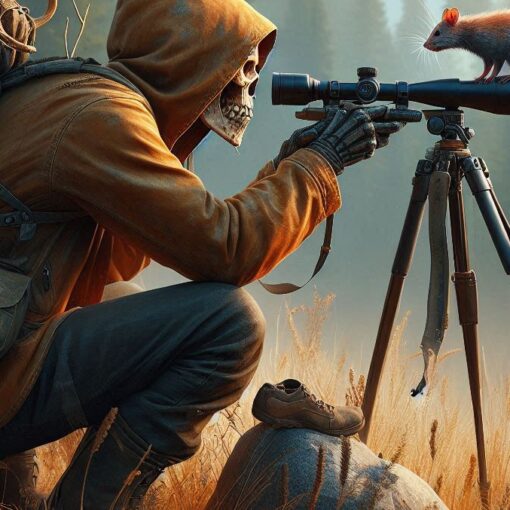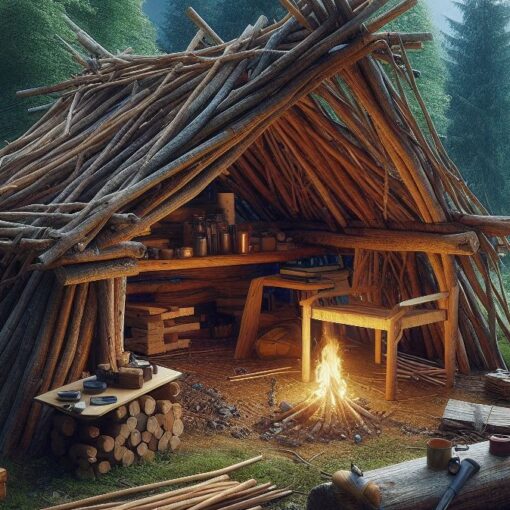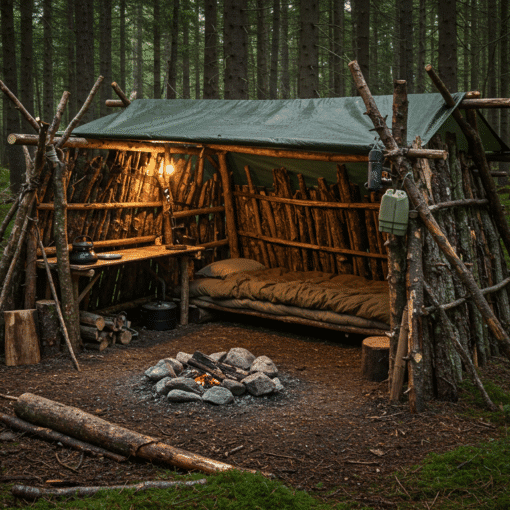Top Takeaways and Key Concepts
- Find and purify water first to stay hydrated and avoid illness in the wild.
- Identify safe foods through careful foraging and avoid unknown or harmful plants.
- Build a simple shelter to protect yourself from wind, rain, and cold.
- Learn basic fire-making skills to stay warm, cook food, and boost morale.
- Stay calm, observe nature, and use simple tools to problem-solve and adapt.
Summary of This Article
Please Note: This post may contain affiliate links. If you click one of them, we may receive a commission at no extra cost to you. As an Amazon Associate, I earn from qualifying purchases.
This article teaches the fundamentals of surviving in the wilderness with a light-hearted and practical tone. It emphasizes staying calm, assessing your surroundings, and meeting basic needs like water, food, shelter, and fire. It explains how to find clean water, forage safely, build a simple lean-to shelter, and start a fire using natural methods. The article also encourages observing animal behavior for clues about resources and learning to track wildlife as a way to better understand the environment. Most importantly, it highlights that survival is about mindset, creativity, and staying resourceful—even when things don’t go as planned.
Video Version of This Article
Imagine this: you’re stranded in the woods. It looks like the trees are laughing at how hard you are trying. No smartphone, no GPS, and definitely no Wi-Fi. Oh no!
What do you do? Are you scared? When everything seems so big and confused, it’s easy to be terrified. Take a big breath. You can do this!
Think about what our ancestors did before they had fancy gadgets. They used basic survival skills that Bear Grylls would be pleased of, or at least not too disappointed with.
First, take a look around. Pay attention to the trees, plants, and even the earth you’re standing on. If you can, get some water. Streams and rivers are usually good places to find fresh water. You might be able to drink straight from it if it’s clear enough.

Next is food. But you don’t want to consume just anything out there! Some berries are tasty, but others might make you sick. For example, the strange green ones that appear like they could bite back. If you’re not sure about anything, it’s best to leave things alone.
It’s also quite crucial to choose a place to stay! Find a place where the wind isn’t blowing too fiercely or the rain won’t get you too wet. You could try to cover yourself up with some branches or leaves. It doesn’t have to be flawless; it simply needs to keep you warm and safe.
Do you remember how our forefathers learned by watching nature? Animals know where to get food and water most of the time because they’ve been doing it for a long time. Keep an eye on them; they might show you the way.
Do your best to stay calm. Everything is harder when you’re scared, right? Like a little explorer on an adventure, just move forward slowly and ponder things out.
Use any tools you have, such a pocket knife or a strong stick, wisely! If you need to, those can help you build your shelter or get food.
And when you’re safe again, you might tell your buddies about your crazy journey over hot chocolate! Because who wouldn’t want to hear a story about living in the woods without modern things?
Fire Making – The Original Mood Setter

A warm, crackling campfire is the best way to communicate “I’m alive!” Let’s talk about fire. Think about this: our predecessors didn’t have fancy lighters or those kits that say they can start fires in any weather. Nope! They had to put in a lot of thought and effort, just like they used to.
You might be thinking, “That sounds like a lot of work!” I understand. But it’s really cool to start a fire by rubbing two things together. You only need two sticks, and it’s better if they’re dry. You also need a strong desire to stay warm.
Here’s what you need to do: quickly brush one stick against another. You can make an ember if you do it right and get the right amount of heat. Think about how different things would be if they had Instagram back then. There were posts like #FrictionFireFails when people mistakenly lit their garments on fire instead of dazzling their friends.
The bow drill approach is another way. Sounds fancy, doesn’t it? It’s just a way to work out in the woods with a little magic. You connect one stick to a cord (like shoelaces) and move it back and forth while pushing down on the other stick. It may seem stupid, but believe me, it works! You can generate an ember faster than you can say “smoky marshmallows” if you practice a little and maybe get a few splinters.
It feels great to get that initial spark! It’s like winning a small battle with nature. Think about how nice it will be to gather around the campfire later, toast marshmallows, and tell stories about how you got there.
Once you have your fire starting, carefully gather some twigs and leaves around it so it doesn’t die out too quickly. After all that work, the warmth feels amazing!
So, starting a fire isn’t as easy as pie, but it’s worth it. And who wouldn’t want to feel like a caveman or cavewoman for a while? Get your sticks and get ready to have some fun!
Foraging – Nature’s Grocery Store
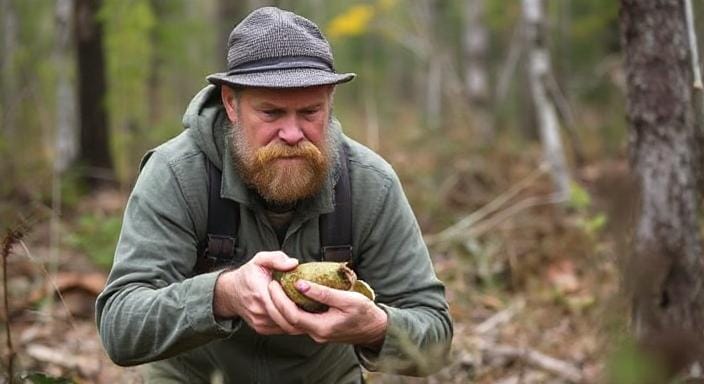
Now that you’ve got your fire crackling (and didn’t accidentally set half the forest on fire), it’s time to think about food! And no, I don’t mean sneaking someone else’s picnic basket. That could lead to some really awkward chats with grumpy hikers. Let’s talk about foraging—finding tasty treats in nature!
First things first, you gotta know which plants are safe to eat. Remember those lessons in school about poison ivy? Well, now it’s time to step up your game! There are lots of yummy options out there. Dandelions and wild berries are great choices that won’t leave you wishing you’d stayed home binge-watching reality TV instead of risking a run-in with something nasty.
Before diving into any bush like a hungry raccoon, think about getting a field guide or downloading an app that helps identify wild edibles. Seriously, nothing’s worse than realizing too late that what you thought was an apple tree is just your neighbor’s confused ornamental shrub. Yikes!
Imagine picking juicy blackberries or munching on tender dandelion leaves while sitting by your warm fire. That sounds nice, right? Just picture it: the sun setting, laughter all around, and delicious snacks made by Mother Nature herself.
When foraging, take your time and be careful. Look closely at what you’re picking. If you’re not sure about something, just skip it! Better safe than sorry when it comes to food from the wild.
And hey, if you find something super cool but aren’t sure if it’s edible or not? Take a photo and ask someone later! Sharing what you’ve learned can make this adventure even more fun.
So go ahead—explore and see what nature has waiting for you! With a little patience and knowledge, you’ll be snacking like a pro while enjoying the great outdoors. Happy foraging!
Shelter Building – Cozy Caveman Style
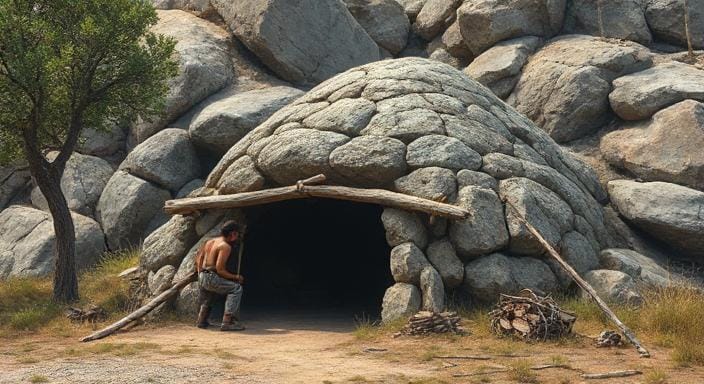
So, you have food and fire ready. Good work! Time to find a place to stay now. Sleeping outside sounds great until it rains or mosquitoes decide they want to be your new best buddy. Oh no!
It’s not hard to build a shelter. You don’t need to be an engineer to do this. Just a few simple things and maybe a few hilarious blunders along the road.
You can stay dry and warm in a basic lean-to composed of twigs and leaves. Imagine yourself as a modern-day Tarzan (without dangling from vines, of course) creating something cool to keep the squirrels from taking your treats.
When choosing a place for your shelter, think about where it will be! If you don’t want to wake up soaking after torrential rains wash away your sense of judgment and your sleeping bag, don’t set up camp too close to rivers. No one wants cereal that is soggy in the morning, right?
Find strong trees or massive rocks that can keep the wind and rain out. Finding a comfortable flat spot to sleep on is also a lot easier. Believe me, no one sleeps comfortably on rough ground.
When you build, be careful how you use leaves and branches. They can keep the rain out and let some air in so you don’t become too stuffy inside.
And if it takes longer than you thought? That’s fine! Think of the process as an adventure movie where you’re the hero solving problems one at a time.
Take a minute to look at your tiny hideaway once you’ve made it. Give yourself a pat on the back! You made something great that will keep you safe while you enjoy the beauty of nature.
Take a break by the fire, eat your snack, and enjoy being in the woods! You did a terrific job!
Water Sourcing – The Elixir of Life
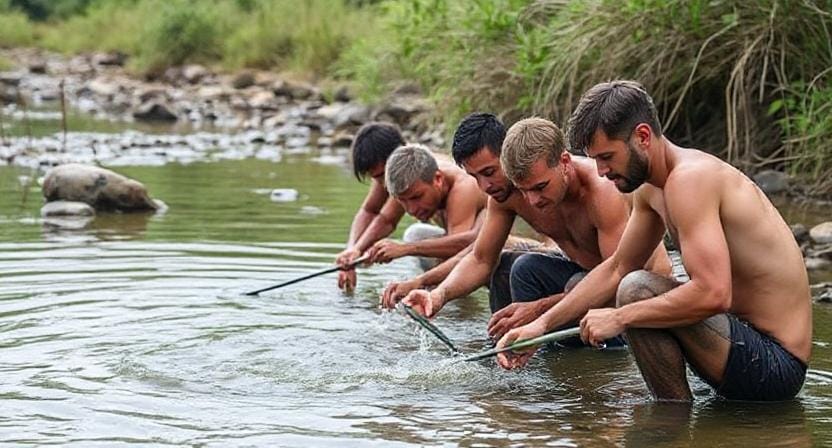
When you’re out in the wild, water is more crucial than food or fire. That wonderful drink keeps us healthy and saves us from becoming sad little raisins. No one wants that!
There is generally water along rivers or streams. But wait! Don’t just drink from them. You can get a stomachache that makes you think of those awful taco nights. Yikes! Instead, boil any water you get over your campfire until it bubbles, just like how excited I am for pizza night.
Good job if you thought ahead and packed a survival straw. Those things are great for drinking clean water without worrying about pathogens.
Another option is rainwater, which may sound a little strange. You can catch it by using huge leaves as funnels. Imagine yourself outside with leaves in your hands, trying not to look too much like a plant lover who is too enthusiastic to wait for Mother Nature’s shower service. It may be a great view!
Just think of how nice it would feel to have fresh rainfall drip into a cup you crafted out of bark or something else you have laying around. It feels like a gift from nature just when you need it.
Always remember to drink enough water! Water is very important for keeping your energy up while you’re out there having fun, whether you’re building shelters or roasting marshmallows over the fire.
So take some leaves, get creative, and enjoy every drop of that cool water! You can do this!
Tracking Animals – Channeling Your Inner Sherlock Holmes
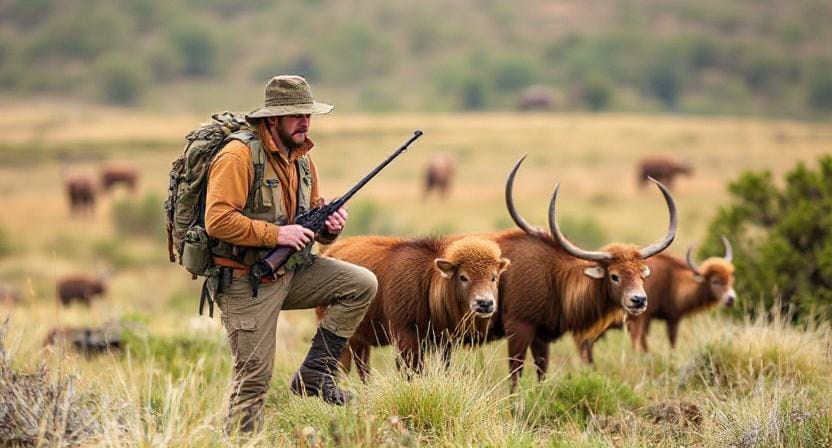
Let’s get into tracking animals. If you’re feeling brave or maybe a little hungry, learning how to follow animal footprints can bring you right to meals. Or at least help you figure out where all those sneaky animals are.
First, consider about how animals move in different ways. Do deer jump around like they’re trying out for “Dancing with the Stars”? Yes, they do! It’s fun to picture them dancing through the woods. Raccoons? They run sideways, as if they don’t know what to do next. You can learn about their habits by watching how they move.
Look for small things, like footsteps in the dirt or broken twigs on the ground. You might want to wear some clothes that blend in with the background so they don’t see you right away. You want to be sneaky, but not too foolish… most of the time, anyhow!
It’s really amazing to learn about how animals act. It’s like being a detective in nature! You will learn more about local ecosystems and get better at discovering food sources. Like people, animals have their own routines and favorite places to go.
Imagine seeing a deer trail and gently following it, your heart pounding with excitement. You could even be able to see where they sleep or eat! It’s exciting to feel this way connected to nature.
Put on your explorer hat and start exploring for tracks! Every footprint tells a tale, and who knows what may happen when you follow them? It’s also a fantastic way to learn about the wild environment around you!
Conclusion: Embrace Your Inner Caveman
So, let’s get started! A quick lesson in the basics of survival. These ideas can help you not only stay alive, but also make every trip an adventure full of fun (and maybe some amusing blunders).
We’ve done so much! Like those old wizards who knew how to light fires. Instead of eating boring granola bars, you can get delightful wild snacks. And oh, stay away from those sneaky poisonous plants that can ruin your day. Keep in mind that nature can be hard to understand at times!
It’s nice to discover these old-fashioned ways of doing things, even if we have all the modern luxuries like comfy couches and streaming shows. It shows us how smart humans can be when they are out in the woods and have to figure things out without fancy tools.
Think about how hard it would be to light a fire with simply sticks or obtain clean water with leaves. It’s like being in a secret club where you know how to do well outside! You might be surprised at what you can do.
Every time you go outside, you could have an adventure. You might see deer footprints or find the perfect place for your next bonfire. Just think of all the stories you’ll be able to tell later!
And hey, what if things don’t go as planned? That’s fine! Those tiny problems frequently turn into the best stories later on. Like when you almost lit your marshmallow on fire by trying to toast it.
Enjoy every second you spend outside! Every time you learn something new, like how to build a shelter or track animals, it adds to the story of your life. Get some buddies together, go outside, and build some memories that will last a lifetime!
Frequently Asked Questions
How do I find drinkable water in the wilderness?
Look for flowing sources like rivers or streams, since moving water is usually cleaner than stagnant pools. However, always purify it by boiling or filtering to avoid getting sick from bacteria or parasites.
What are the safest foods to forage if I’m stranded in nature?
Stick to familiar plants such as dandelions, wild berries, and other easily identifiable edibles. Avoid anything you can’t confidently identify—many wild plants look harmless but can be toxic.
What is the easiest type of shelter to build for beginners?
A simple lean-to shelter made from branches and leaves is quick, effective, and beginner-friendly. Just prop branches against a solid base like a log or rock wall, then layer leaves to block wind and rain.
How can I start a fire without matches or a lighter?
You can create a fire using friction methods like the hand drill or bow drill. These rely on spinning dry wood sticks together to produce an ember that you transfer into dry grass or bark to ignite your fire.
Why is staying calm so important in survival situations?
Panic leads to bad decisions and wasted energy. Staying calm helps you think clearly, assess your surroundings, and prioritize essential needs like shelter, water, and fire.
Is it safe to follow animals to find food or water?
Yes, observing wildlife can provide helpful clues. Animals often travel to water sources and feeding areas. Just keep a safe distance and avoid dangerous animals like bears or snakes.
What simple tools are most useful for survival in the wilderness?
A pocket knife, sturdy stick, or multi-tool can help with tasks like cutting branches, preparing food, building shelter, and even making fire. Even basic tools greatly increase your chances of survival.
Suggested Resources:
Primitive Survival Skills
https://www.primitivesurvivalskills.com/
The Ultimate Guide to Foraging
https://www.foragingguide.com/
Shelter Building Basics
https://www.shelterbuilding101.com/

Kevin Collier is a seasoned outdoor enthusiast and writer for Trekbug.com, specializing in outdoor adventures, survival strategies, and prepping insights. With a deep love for nature and a commitment to self-sufficiency, Kevin empowers readers to embrace the wilderness confidently. He shares valuable tips, practical techniques, and inspiring stories, helping both novice and experienced adventurers develop essential skills for surviving and thriving in the great outdoors.


